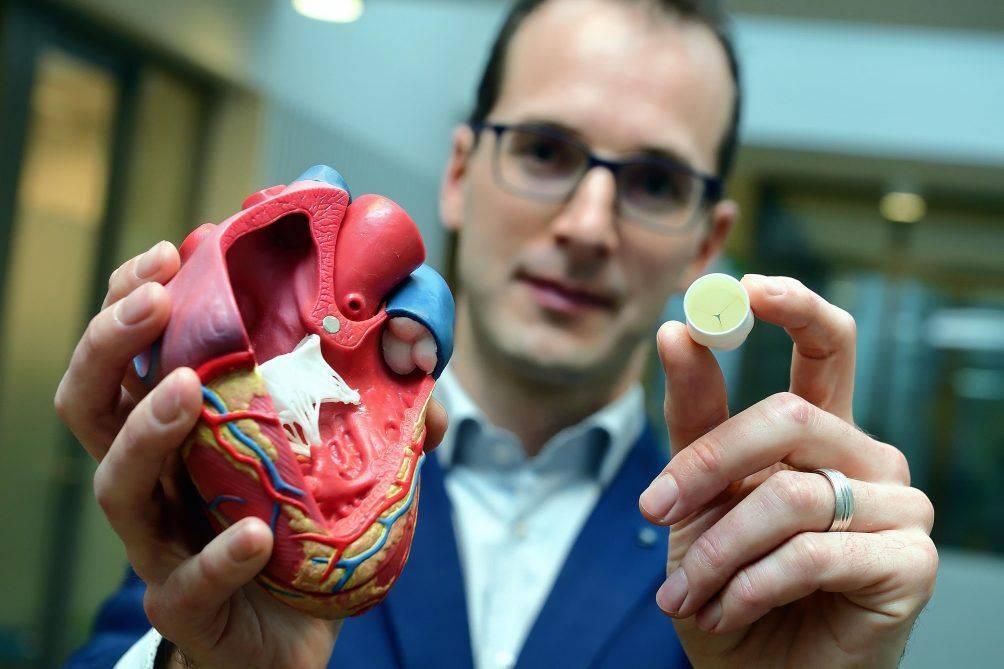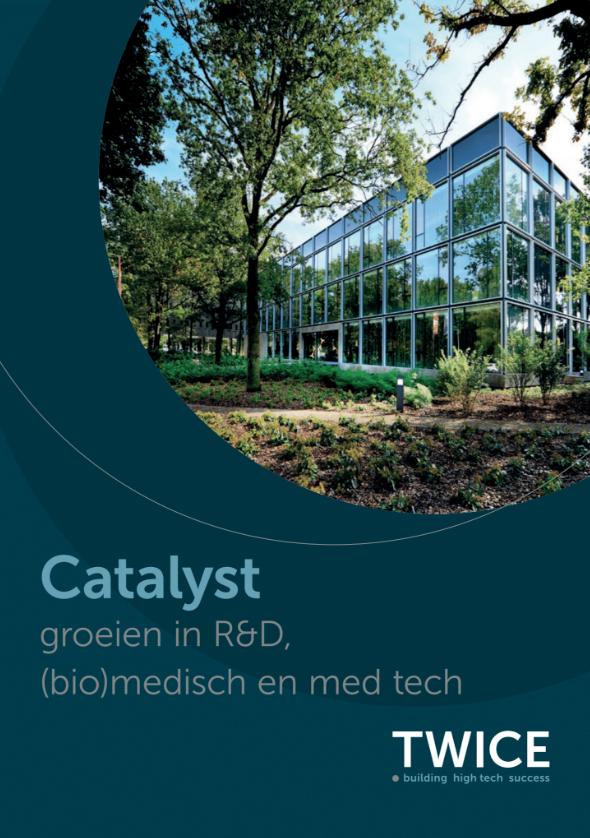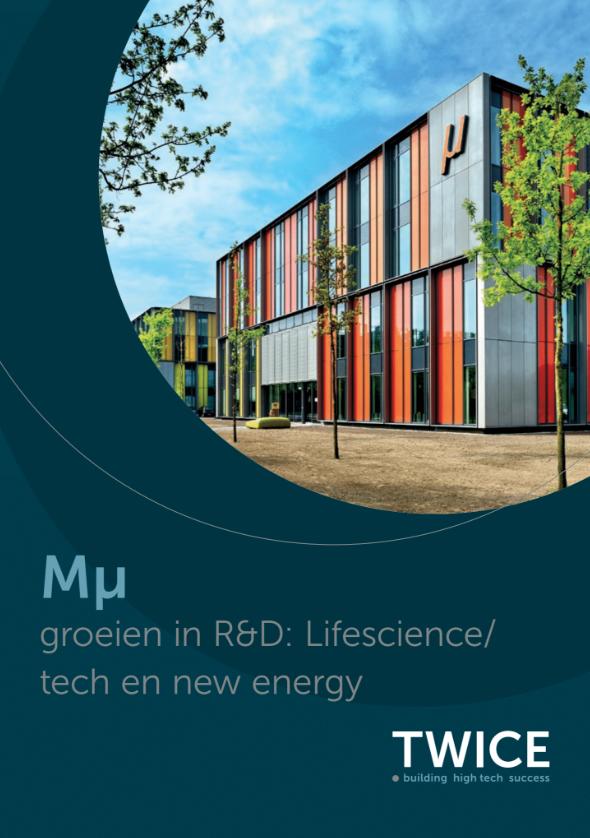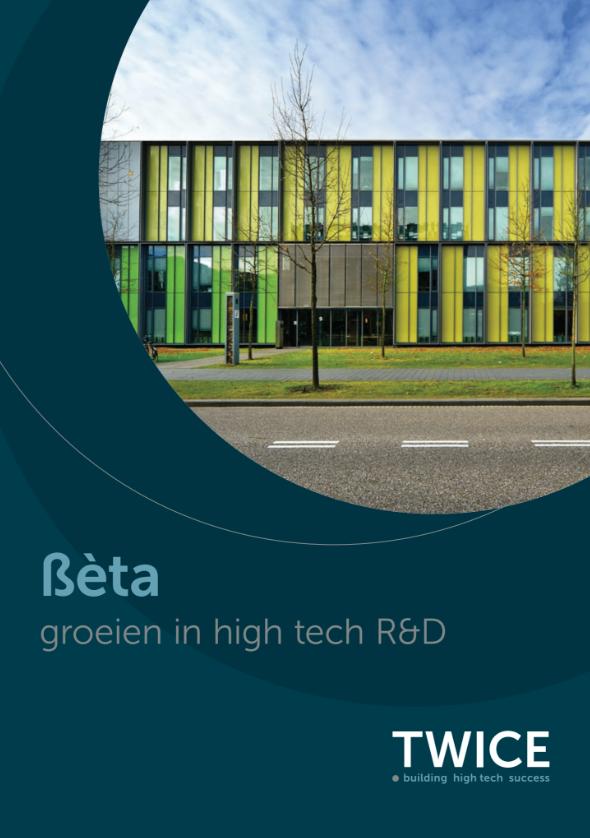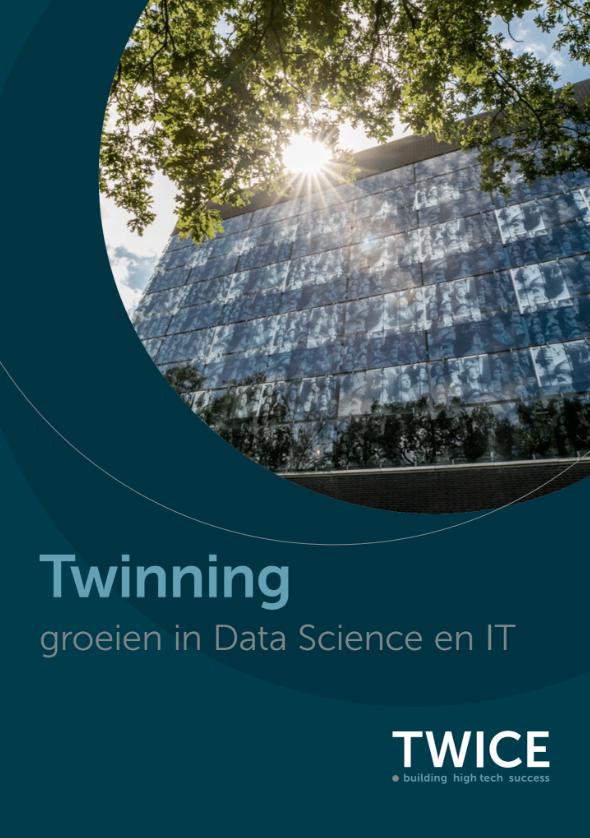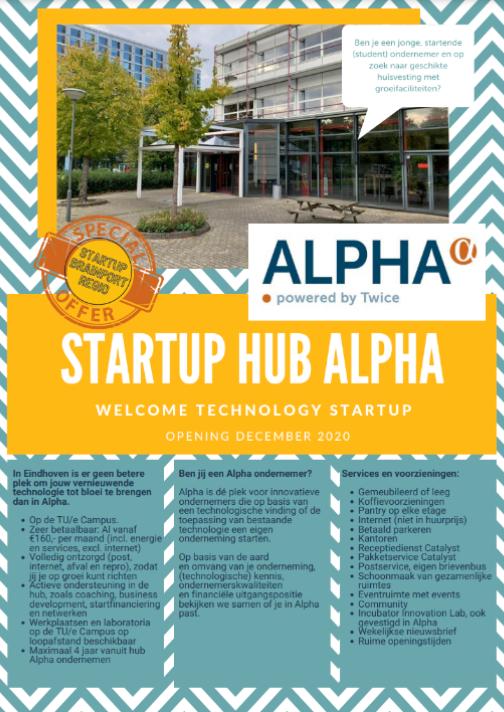Clinical trials for children continue, preclinical studies for adults coming up, first treatments of people who need a bypass around their heart planned.
Innovation Origins published this article, in a series around Brabant's Life Sciences & Health ecosystem.
Just last month he was able to hand over a bunch of flowers to an employee who has been with Xeltis for 5 years. "She is - after me - the second in years of service with us," says founder Martijn Cox with a laugh. The real memory of the company, however, lies with none other than himself. Thirteen years ago already, he co-founded the spinout from TU Eindhoven that focused on new, evolving heart valves for children.
Although the past year has been seemingly quieter around Xeltis, there is much going on behind the scenes. Not only are clinical trials for children continuing unabated, but in addition, the first preclinical studies have been conducted for a "product line" for adults and preparations are taking place for the first treatments for people who need a bypass around their heart. For these, Xeltis intends to use the same technology as for the heart valves.
Heart valves and blood vessels
How it works. At its core, Xeltis slowly causes an implanted heart valve to be replaced by natural body tissue. It starts with an implant, but step by step, the body absorbs that artificial valve and builds a new, natural valve around it. That natural process is called Endogenous Tissue Restoration (ETR). With ETR, the patient forms their own tissue inside the Xeltis heart valve, creating a new, natural and fully functional heart valve. The bioabsorbable polymers that Xeltis' heart valves are made of are now also being used to form new blood vessels.
Everyone knows someone who has had an operation that included an otter or a bypass of the clogged blood vessels around the heart, Cox said. "That kind of surgery is done millions of times a year worldwide. The procedure then is to use one or two blood vessels from the patient's own leg. So that leg has to be opened to do that, which causes scarring and discomfort. And these vessels often close up again after some time. We have now devised an alternative to this based on our technology. New patient-specific tissue grows in the artificial blood vessel and gradually takes over its tasks. And where normally the problem is that material starts to deposit against the walls of those super-small vessels causing the vessel to clog up again, you see much better results with our biocompatible materials." Later this year, the first clinical trials will take place, treating patients with this method.
Video calling
Xeltis is a fusion company with formally two headquarters, in Eindhoven and Zurich, but in practice almost all of its operations are concentrated in Eindhoven. Cox and his 30 colleagues work from the Catalyst building on the TU/e Campus, but since the Corona outbreak, his own living room is at least as often the daily backdrop. As Chief Technology Officer these days, Cox is mostly concerned with strategic lines of the company: maintaining the network, conducting interviews with potential new colleagues, securing new research in institutes around the world and keeping experts connected, again on all continents. "In practice, that means I'm doing a lot of video calling and, of course, that can be done just as well at home as in the office." The impact of Corona is not too bad for Xeltis at the moment. "Our clinical studies are slightly delayed, but that is still within limits. For new studies, we do have to remain attentive to restrictions. Countries can suddenly go on lockdown."
From home or from the TU/e campus, the Brabant ecosystem around Life Sciences & Health is essential for Xeltis. "Of course, we still have a lot of contact with TU Eindhoven, even with the people who helped found our company at the time but chose to stay with the university. There are also many partners and suppliers in the region; you can see that we are growing step by step with our activities around medical devices here. It may still be small if you look at it on a global scale, but with the right choices that can change."
Talent attraction
The only question is how to do that. "Yes, indeed, how would you further encourage that? At its core, it's about giving existing companies room to grow. The better you do that, the easier it becomes to find talent. In the long run, that has a self-reinforcing effect, kind of what you saw happening in Silicon Valley over the last few decades." Cox also says it because that region on the U.S. West Coast is currently the main hunting ground for new talent. "You have to imagine that out of 100 potential new colleagues, 80 are in Silicon Valley for some positions."
Brabant does not yet have the attraction for these people that a natural flow of talent is set in motion. "We really have to rely on content in that respect," says Cox. "And fortunately we can show a lot in that area. Everyone wants to be part of a company that provides important solutions in healthcare."
In addition, what also helps is the growth in the number of seriously big players in the MedTech sector in the region. "Medical Robotics is one such example of a company with a logical connection between tech and medical. The more successful such a company becomes, the easier it becomes for us as well. Meanwhile, a 'MedTech Coalition' has even been set up that includes companies like Microsure, GTX Medical and Plasmacure in addition to Xeltis."
Funding Round
A year ago, Xeltis last raised a major investment. However, the 10 million that could be credited then needs to be replenished. "That's what you get with a company that isn't selling yet but has plenty of research to do. So we are busy working on a new round of financing. There is certainly animosity in the market, but the deal is not yet done."
